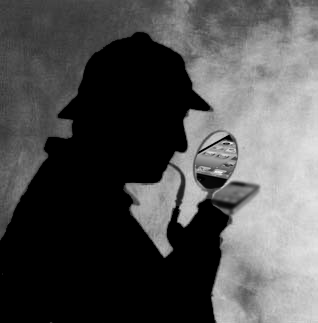Democracy Now! reporter Amy Goodman holds a cell phone to her mike for her audience to Allan Nairn speaking to 500 people attending a demonstration for East Timor across from United Nations in New York, in September 2000. The moment illustrates how long Goodman has been on the forefront of progressive journalism. Nairn fell into in military custody in West Timor, after having been arrested in East Timor in 2000 “to prevent the denial of events by the US Mass Media whose owners supply the military and death squads their arms and instruments of mass murder,” according to the website that posted the photo. Goodman’s exposure of Nairn’s predicament helped eventually return him safely to the U.S. when Washington learned from her of the situation. Courtesy:http://www.usthefolks.com/Allan_Nairn.html www.usthefolks.com.
The Milwaukee Talk Radio Project Community is an organization worth supporting, especially if you are not dead-set on voting for Donald Trump or Ted Cruz in Wisconsin’s primary on April 5th.
As they point out fairly, without Milwaukee’s stifling conservative talk radio monopoly we’d have no Gov. Scott Walker. Without Rush Limbaugh’s long, strange trip of a reign on national airwaves — and the recent suicidal contortions of the Republican party — we might not have not have the current preconditions for Donald Trump’s increasingly scary racist, misogynistic, authoritarian governmental dynamic. Trump recently added nuclear head-tipped saber-rattling against ISIS to his bully pulpit rhetoric. And still, his economically-desperate, lap-it-up faithful somehow believe in this “Superman” confidence man.
Where does that leave Milwaukee in the national political debate? Milwaukee radio does have WNOV’s local urban-orientation talk at 860 AM. Otherwise, Southeastern Wisconsin is lost in an airwaves wilderness where even our unspoiled trees lean right, as if meekly offering their necks up to chopping for a new development or Trump-esque resort. So if you care about fair and balanced discourse on your city’s local radio, do look into The Milwaukee Talk Radio Project Community, an activist support group working to bring progressive talk radio to Milwaukee: https://www.facebook.com/milwaukeeradioprogress/
However, you can stream Madison’s prog-talk radio WXXM 92.1 The Mic on you smart phones, tablet and computers. Try it if you haven’t. I have to plug one of that station’s very strong locally- oriented program with a national literary, cultural and musical scope. That is Stuart Levitan’s Books and Beats from 10 a.m. to noon Saturdays. Stu, a free-spirited lawyer-activist and a former labor-relations negotiator, consistently interviews authors of very substantial, interesting and topical books, and interviews many big-time musicians who come to the Madison area, with his vintage baby-boomer Dylan-to-Deadhead tastes on his sleeve. Full disclosure, he’s a former good neighbor of mine, and a cultural journalist colleague, so I’m slightly biased. But he’s also the author of the fascinating and extremely well-received Madison: An Illustrated Sesquicentennial History, Volume I, 1856–1931., So check out The Mic if you haven’t here: http://www.iheart.com/live/the-mic-921-2665/
But I don’t have a smart phone partly due to a manual physical disability, and I love to listen to talk radio while driving my car — then I switch to a music station during commercials (like WMSE) on my reasonably good car speaker system — like millions still do nationwide. You can allegedly get a stream hook-up to The Mic on WKKV100.7 – HD 3 if you have an HD radio. Well, I have one in my house, and I can’t get it and I miss it, from having lived in Madison for nearly 20 years. (What am I doing wrong, thoughts?)
Some of my moderate to right-leaning friends say some of my Facebook postings suggest “I lived in Madison for too long.” I’m not sure how different my politics would be had I not moved to Madison from Milwaukee in 1989 (then returning here in 2009). I sure am sympathetic to the plights and challenges of small business people, for sure.
But I’m also a union person, going back at least to my days at The Milwaukee Journal when our then-still fledging Newspaper Guild Local 51 crucially helped me get my part-time staff job back, with full nine-months back pay, after I was improperly dismissed. Well-known liberal Milwaukee columnist and pundit Joel McNally was the bracing steward for our Local 51 chapter at the time. Even though The Journal-Sentinel in recent years has drastically downsized his staff, as have most newspapers around the country, the Milwaukee paper’s employee union remains, battling gamely for the rights of its members.1
That’s a lot of background throat-clearing to announce that, given Milwaukee’s dearth of balanced talk radio, my new favorite non-musical radio station is Chicago’s Progressive Talk.com WCPT 820 AM which I just discovered on the dial recently. 820 AM has an huge regional broadcast range from sunrise to sunset. FCC rules require them to drop their range in the evening. Among others, the station features progressive talk-can-be-slightly-madcap Stephanie Miller, Bill Press, the superbly incisive Thom Hartmann, and the award-winning (including The 2012 Gandhi Peace Award) invaluable reporter and author Amy Goodman for Democracy Now! (see photo above) with Juan Gonzales, which airs on over 800 stations nationwide, but not in historically-progressive but purple Wisconsin’s largest city.
I really fell for the Chicago station hard yesterday afternoon when a streaming listener, a middle-aged sounding woman from the state of Washington, called up to remind her fellow state voters that Washington state’s caucus is happening this Saturday and not to miss it! But after a bit of a detour comment which I can’t recall, the woman ended her call by musing this lovable mutt of a political non-sequitur: “You know, I think dogs are really in charge of us. After all, they have us following behind us wherever they go — picking up their poop.” Host Norman Goldman was so thrown — clearly caught without a “doggie bag” — that he didn’t know how to respond. So the woman added in conclusion. “In my house, my cat is charge.”
As for me, that is pretty much true in my one-cat house with Queen Chloe, and of my girlfirend’s two-cat and two-dog house, until recently when her two geriatric canines sadly died in relatively quick succession. But the balance of political power in her house has evened somewhat, between the two male cats, one an alpha male, the other a classic scardy cat, but capable of guerrilla ambushes of the alpha. Where my girlfriend stands is, well, kind of like John Kasich. And I suspect the Washington woman was groping for a political analogy herself.
I love that kind of live radio, with the droll real-life observations of what sounded like an ordinary middle-class woman, the kind whom I hope will make a big difference in the national election. She’d probably just come in from out of the cold Northwest rain with her poop-filled bag and her dog probably shook all its wet fur off — all over her legs.
The tone of the Chicago station is unpretentious, interesting and heartening, given that it’s the heart of the Midwest politically, culturally and otherwise. I heard some some pointed critique of Chicago Mayor Rahm Emmauel’s very shaky hold on fair, transparent government and insufficiently diverse administration, and how Republican Illinois governor Bruce Rauner is starving that great blue working-class state with a shoestring budget that would’ve had Oliver Twist pleading for a shoelace for his hole-in-the-sole shoes, along with more food, please. Rauner sounds like one of those hole-in-the-soul GOP politicos, not unlike our own governor.
If my memory serves me from hearing The Mic consistently in the mid 2000s, I’ve sensed a subtle difference of tone and focus between the Chicago and Madison stations. WCPT seems to chew more on the nuts and bolts of “real politics” than The Mic in Madison, though the national commentary is somewhat comparable, especially considering that they share some of the same national talk show hosts as The Chicago station. There is at least a grain of truth to the cliché that Madison is “64 square miles surrounded by reality;” witness the Walker administration.
However, I still love the city, and I just returned to it last week for two wonderful cultural offerings, the very distinctive Harlem Renaissance Museum with Martel Chapman’s arrestingly delightful cubist-jazz portraits and scenes, and a fairly transporting concert by the Madison Symphony Orchestra, led by John DeMain, with guest pianist Emanuel Ax (see my previous post). The city also has a surprisingly vibrant and well-organized jazz scene.
Sometimes you just need another, perhaps fresh take on “reality” — and artistic culture frequently provides that. Nevertheless, we need more democratic airwaves, which actually belong to the people.
And regardless of the Chicago station’s presence — with somewhat spotty reception in Milwaukee — we still need our own station in Brewtown. We are no political outlier of The Windy City. Plus, they’re probably Cubs and Bears fans.
Milwaukee radio needs more democracy, to help to “Make Donald Drumph Again.”
_______
- The Newspaper Guild still has over 34,000 members in the US and Canada. For information on Local 51: http://www.milwaukeenewsguild.org/about-the-guild/


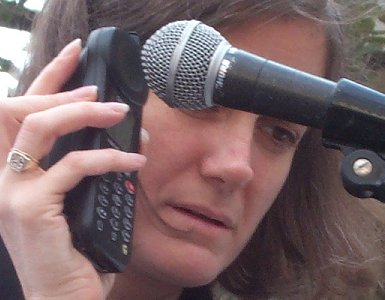

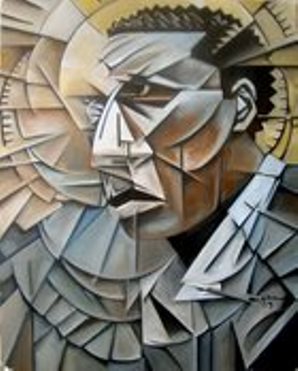
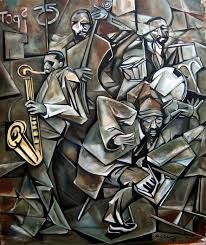
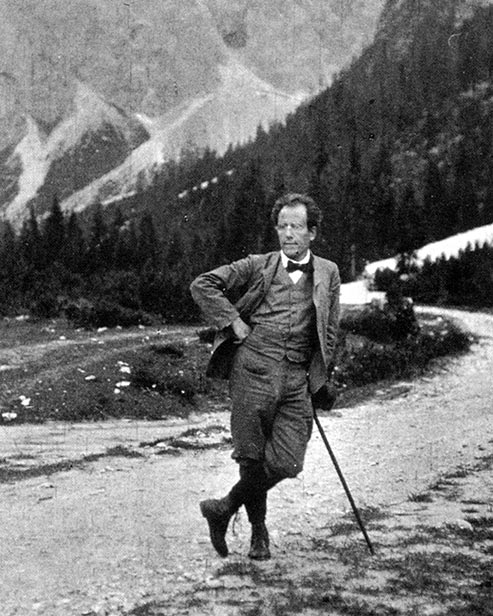

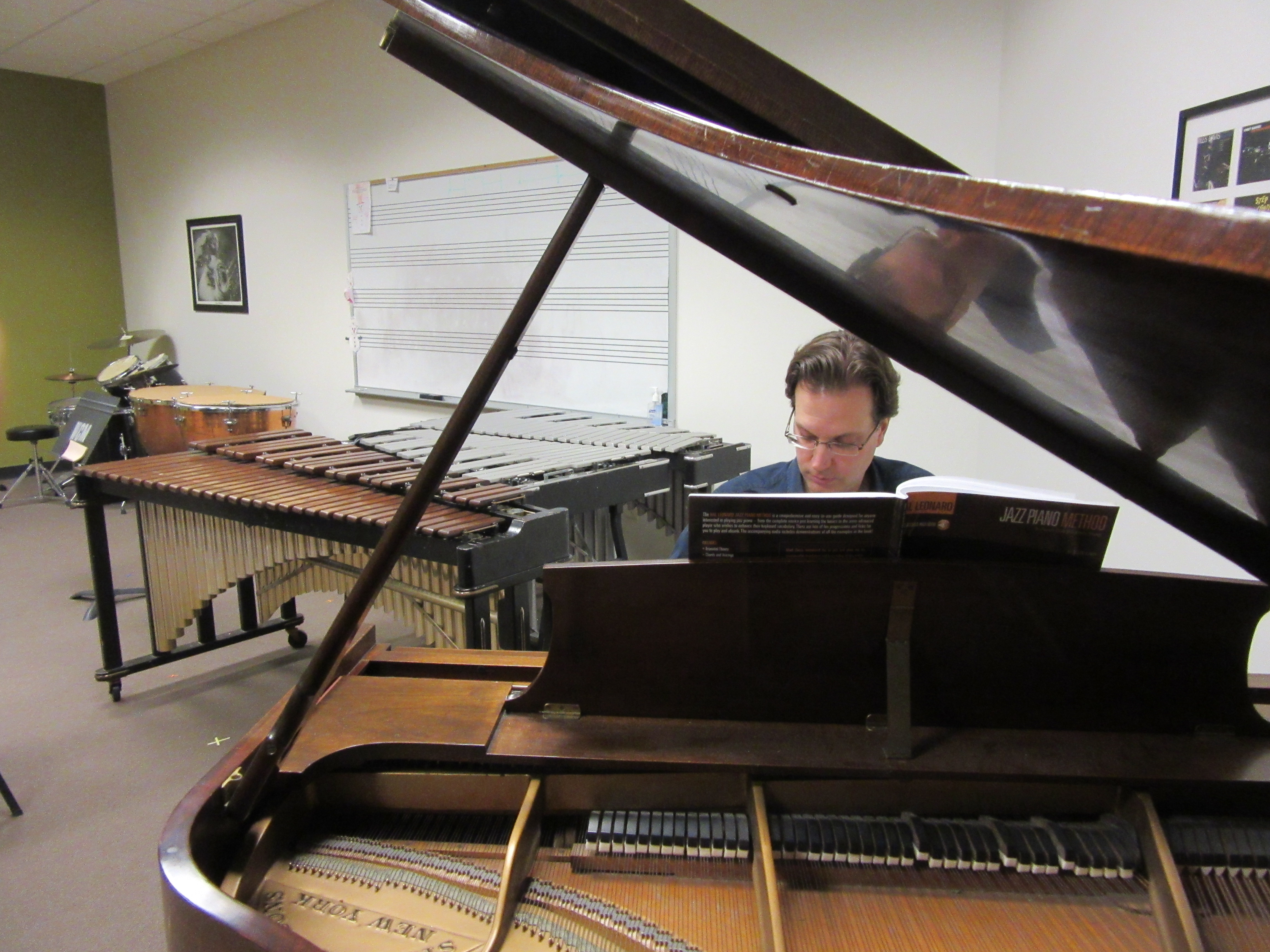
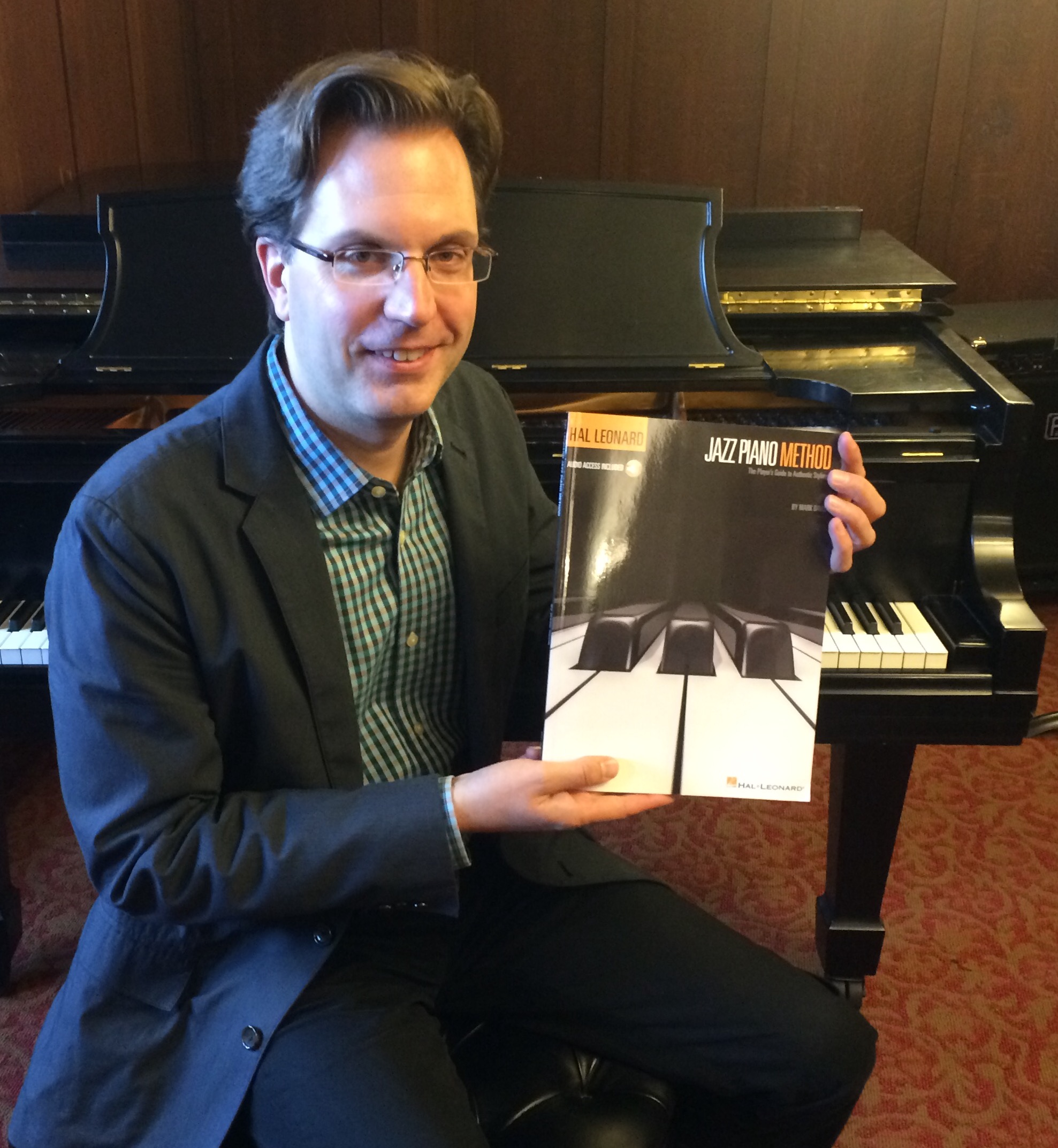
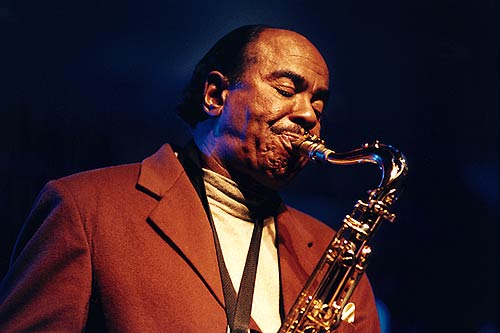
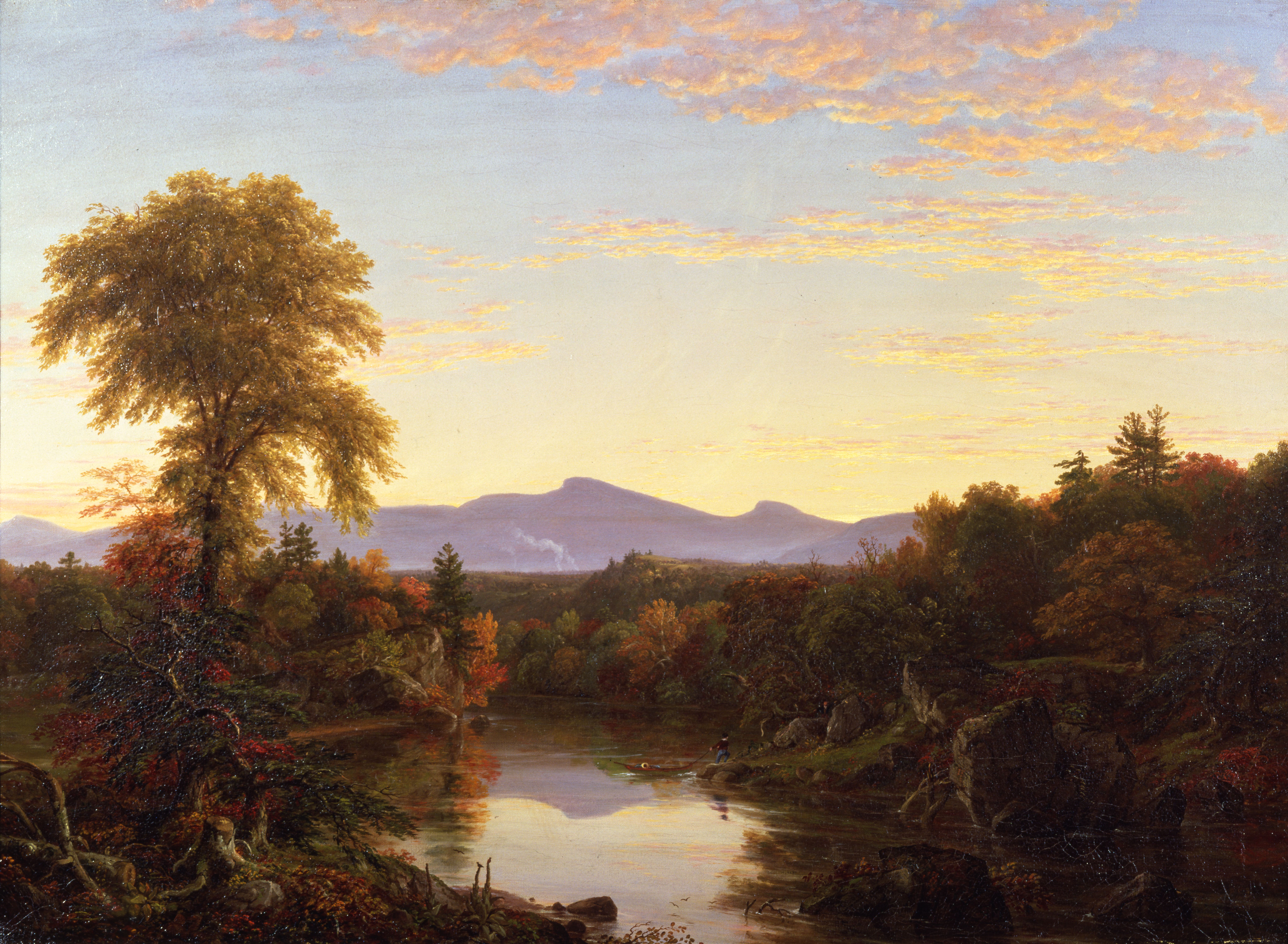
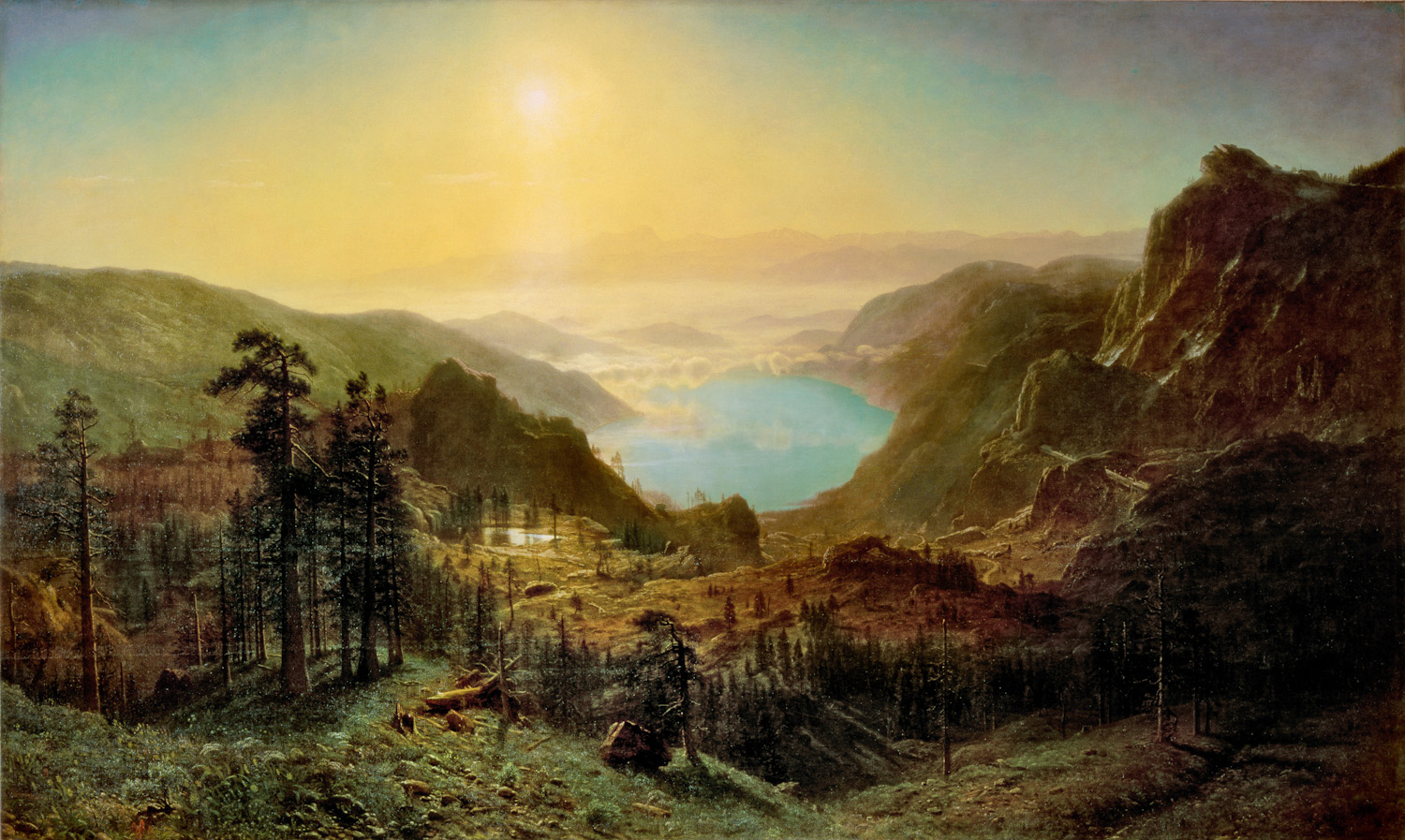

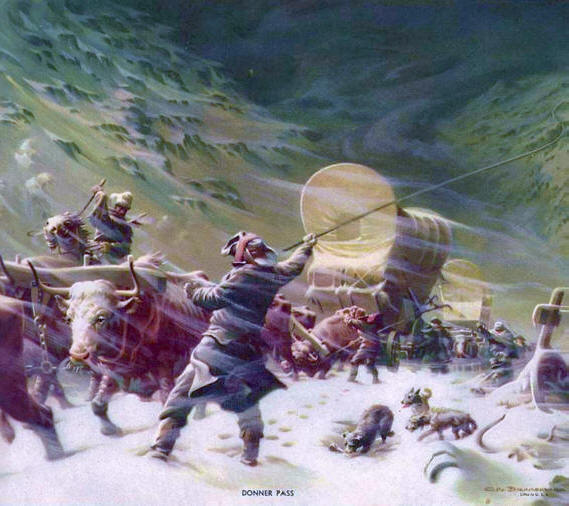

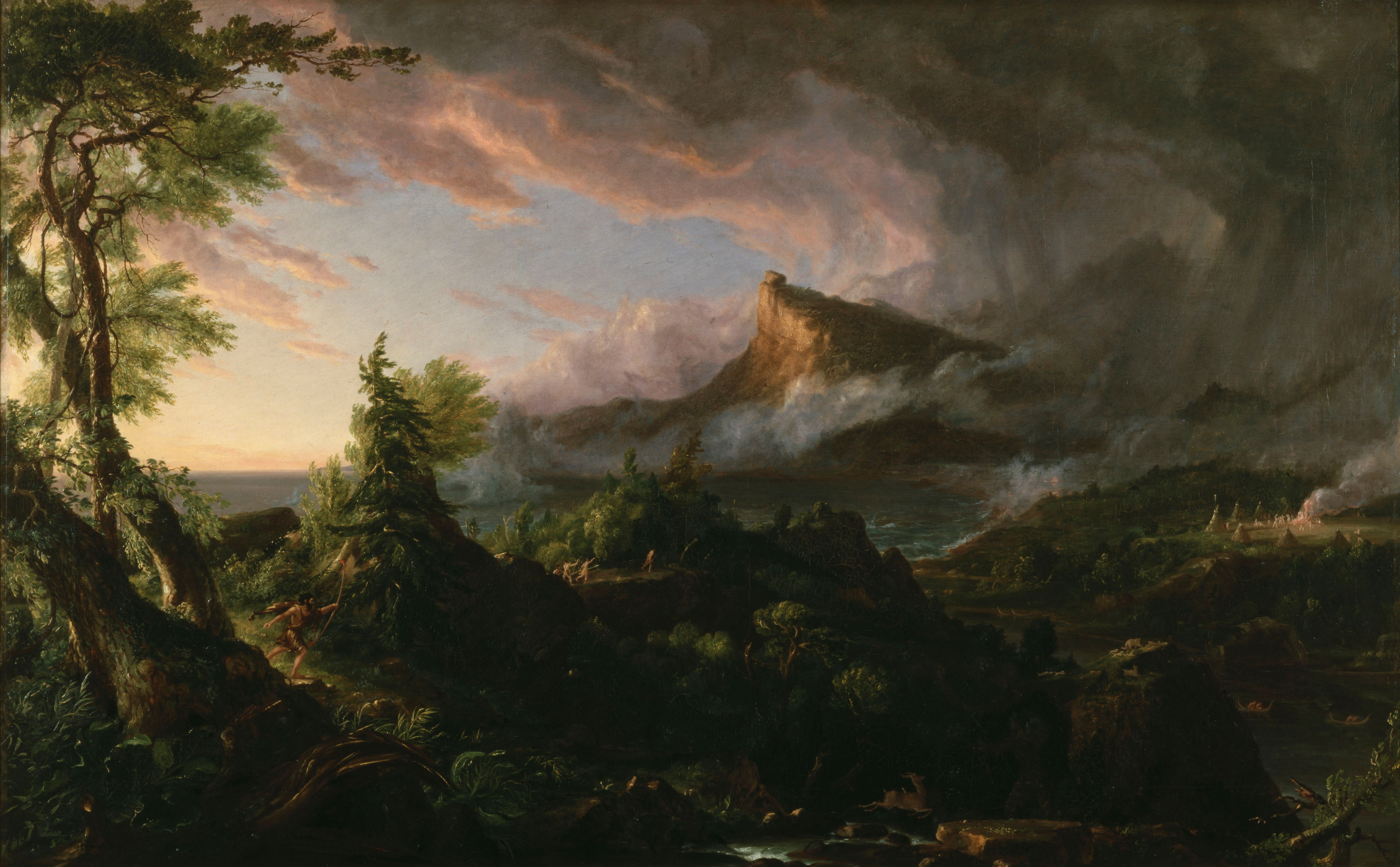
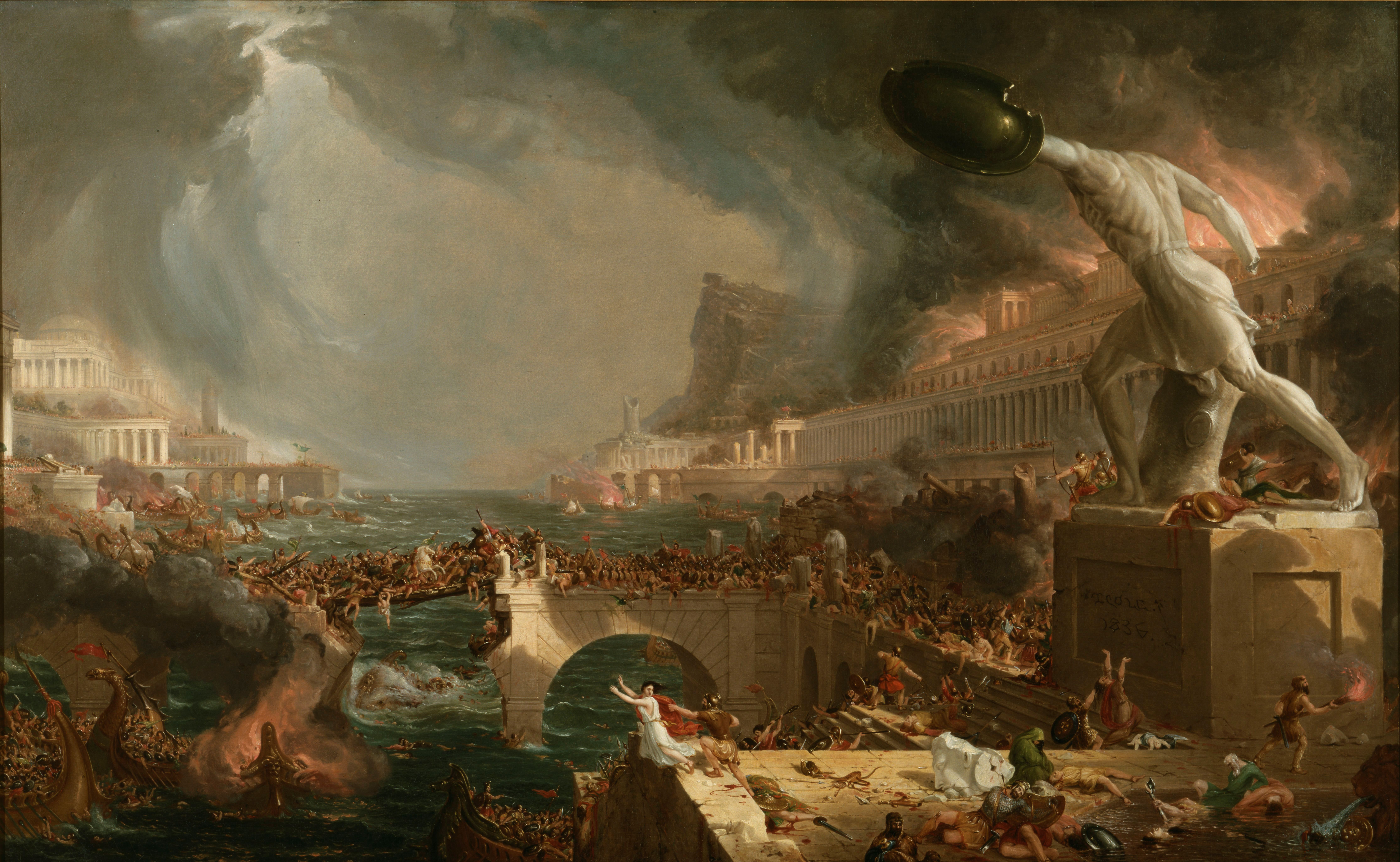
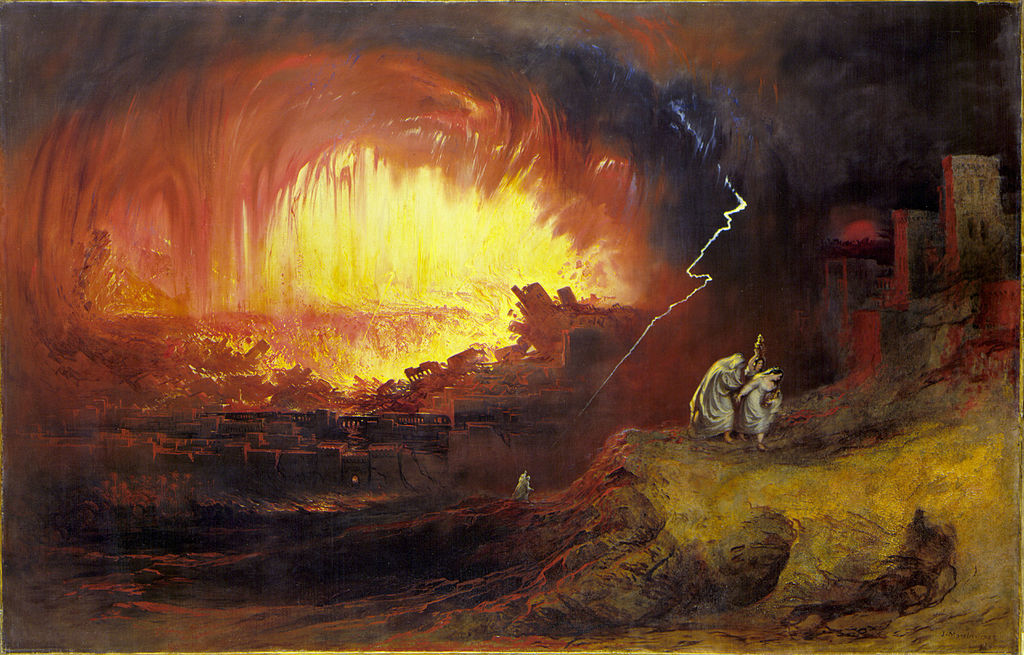
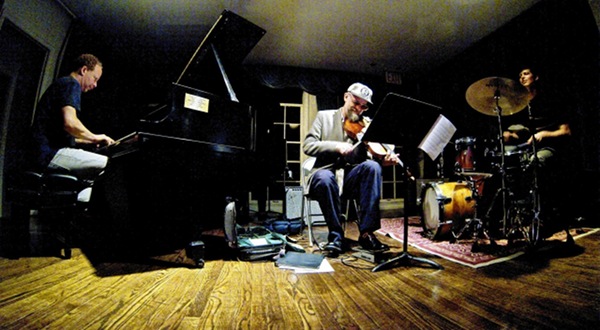
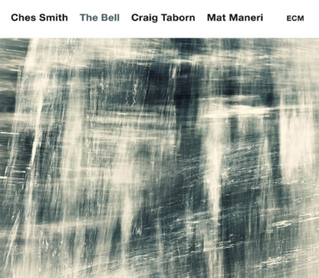
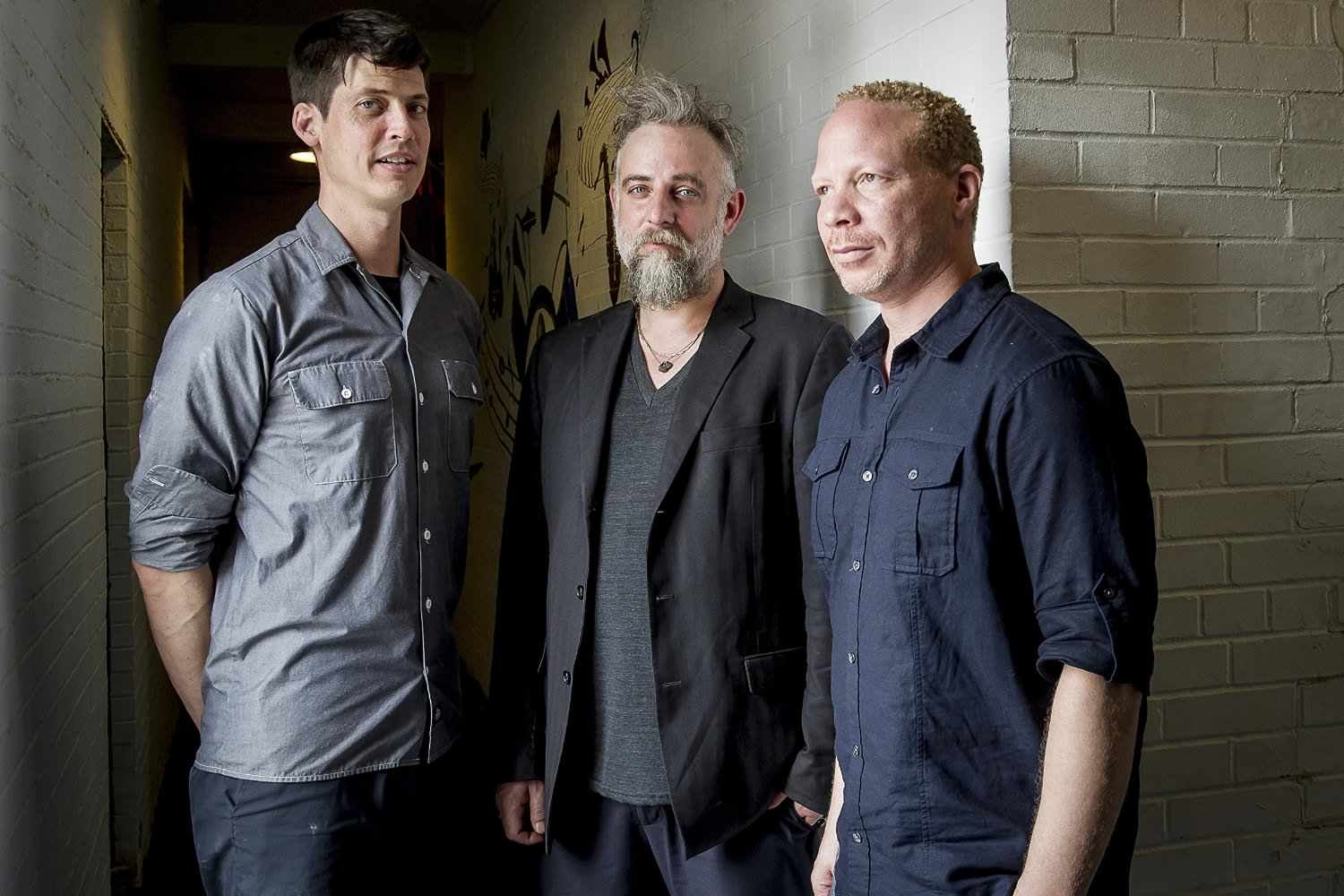
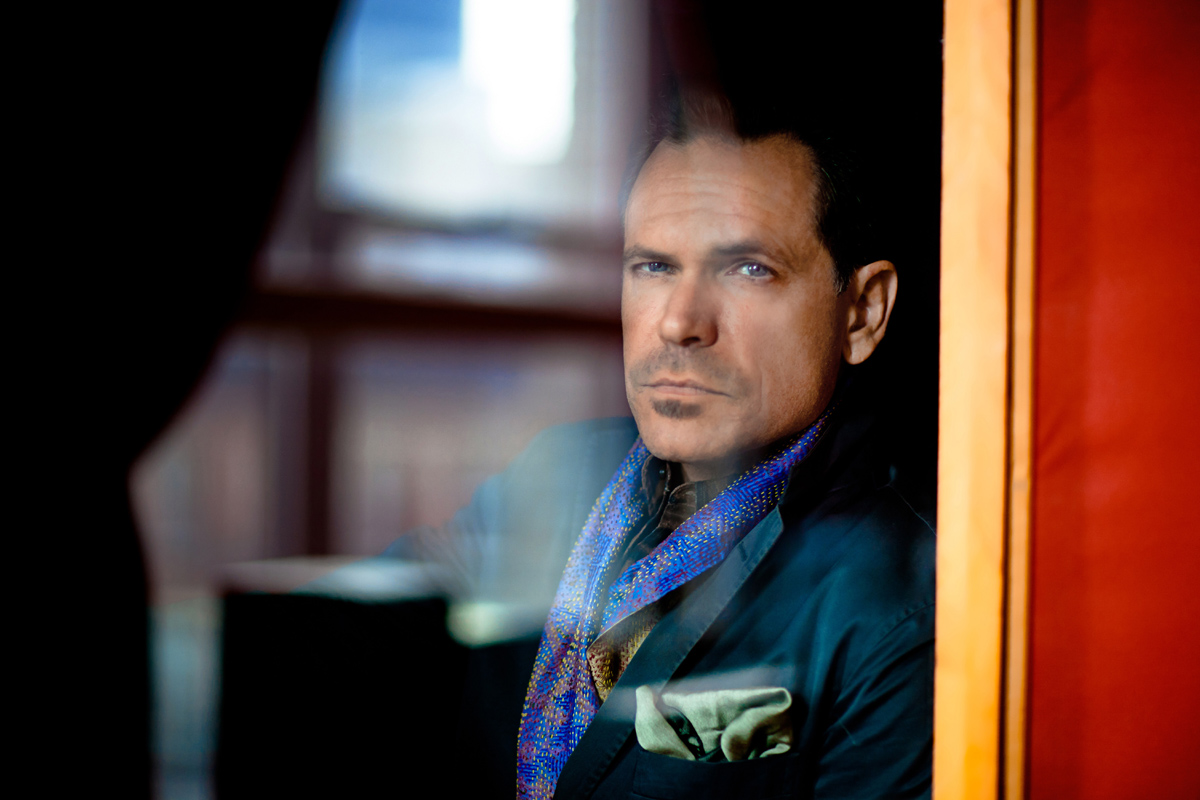
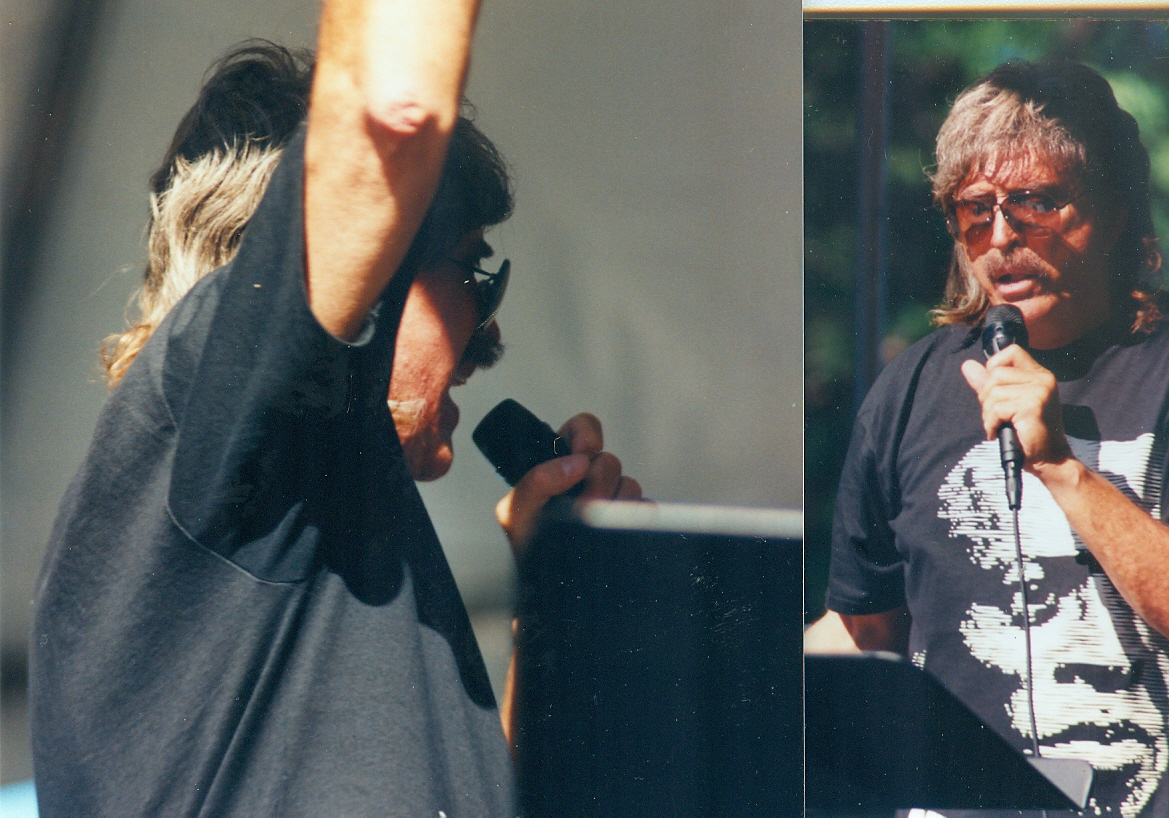
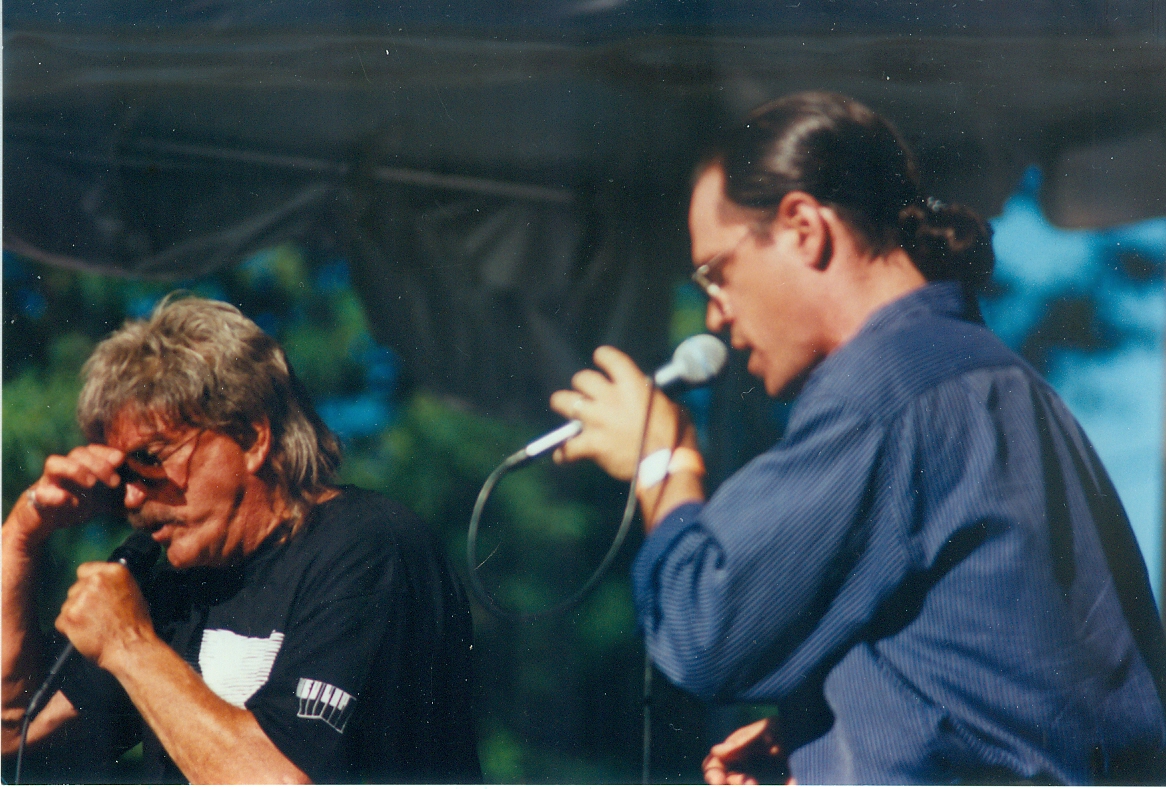
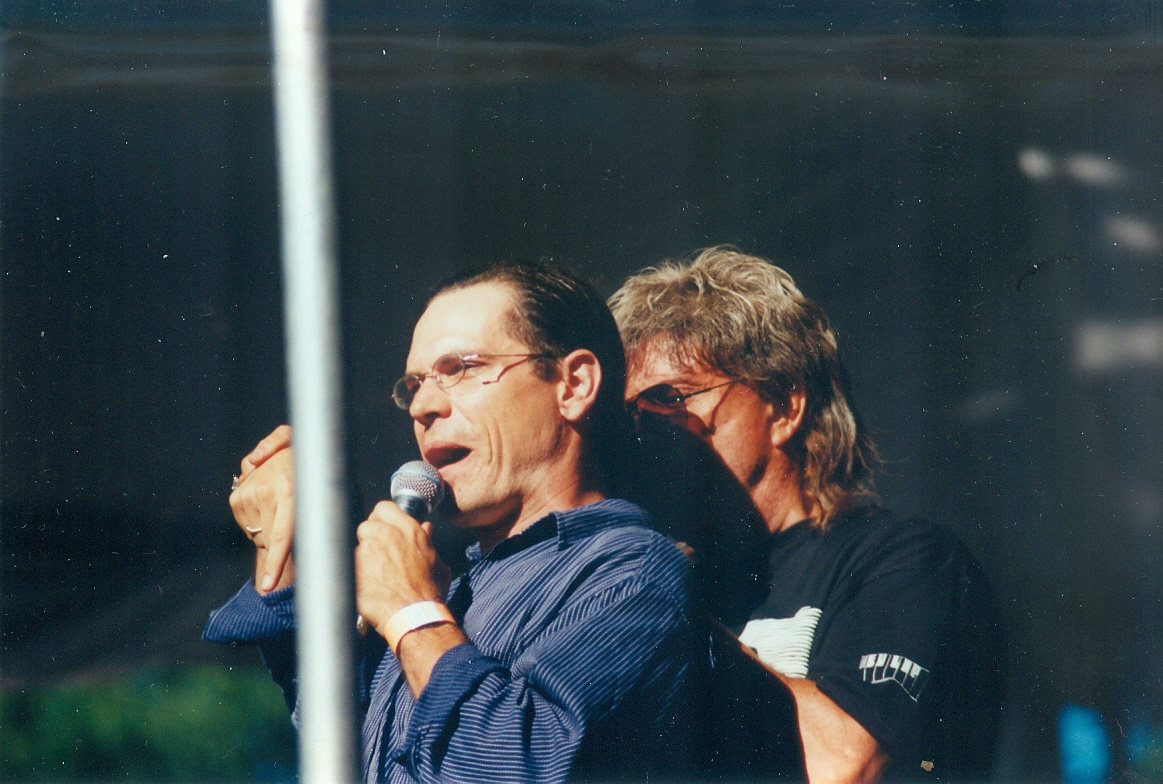
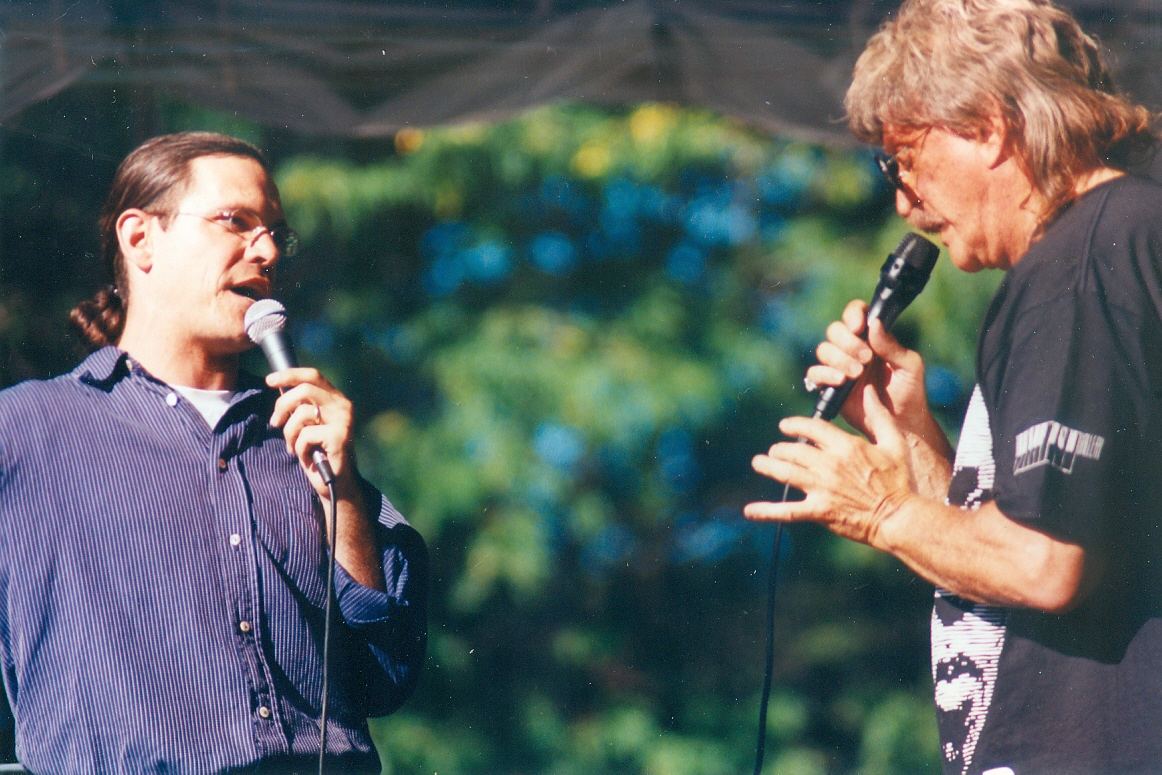
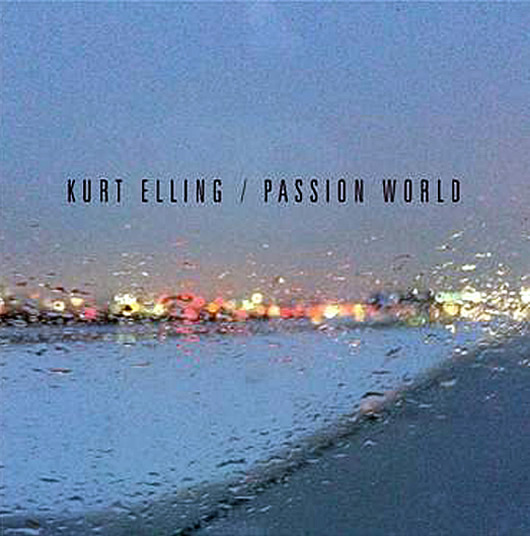
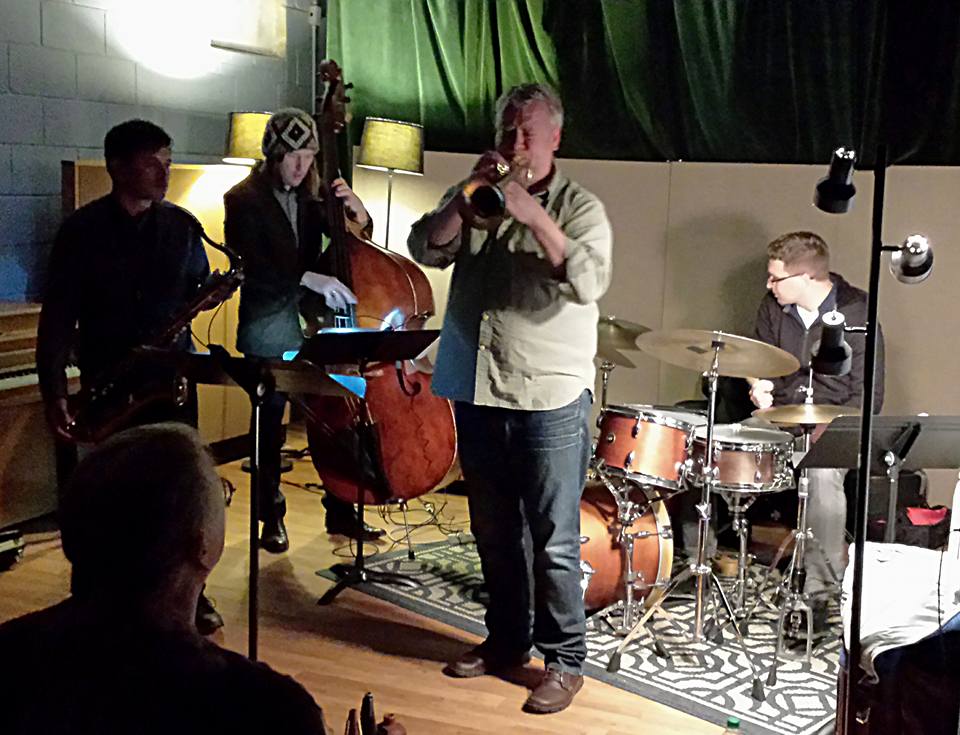 (L-R) Jon Irabagon, Matt Ulery, Russ Johnson, and Jon Deitermyer, live at the West End Conservatory on December 28. Photo by August Ray
(L-R) Jon Irabagon, Matt Ulery, Russ Johnson, and Jon Deitermyer, live at the West End Conservatory on December 28. Photo by August Ray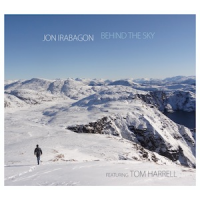
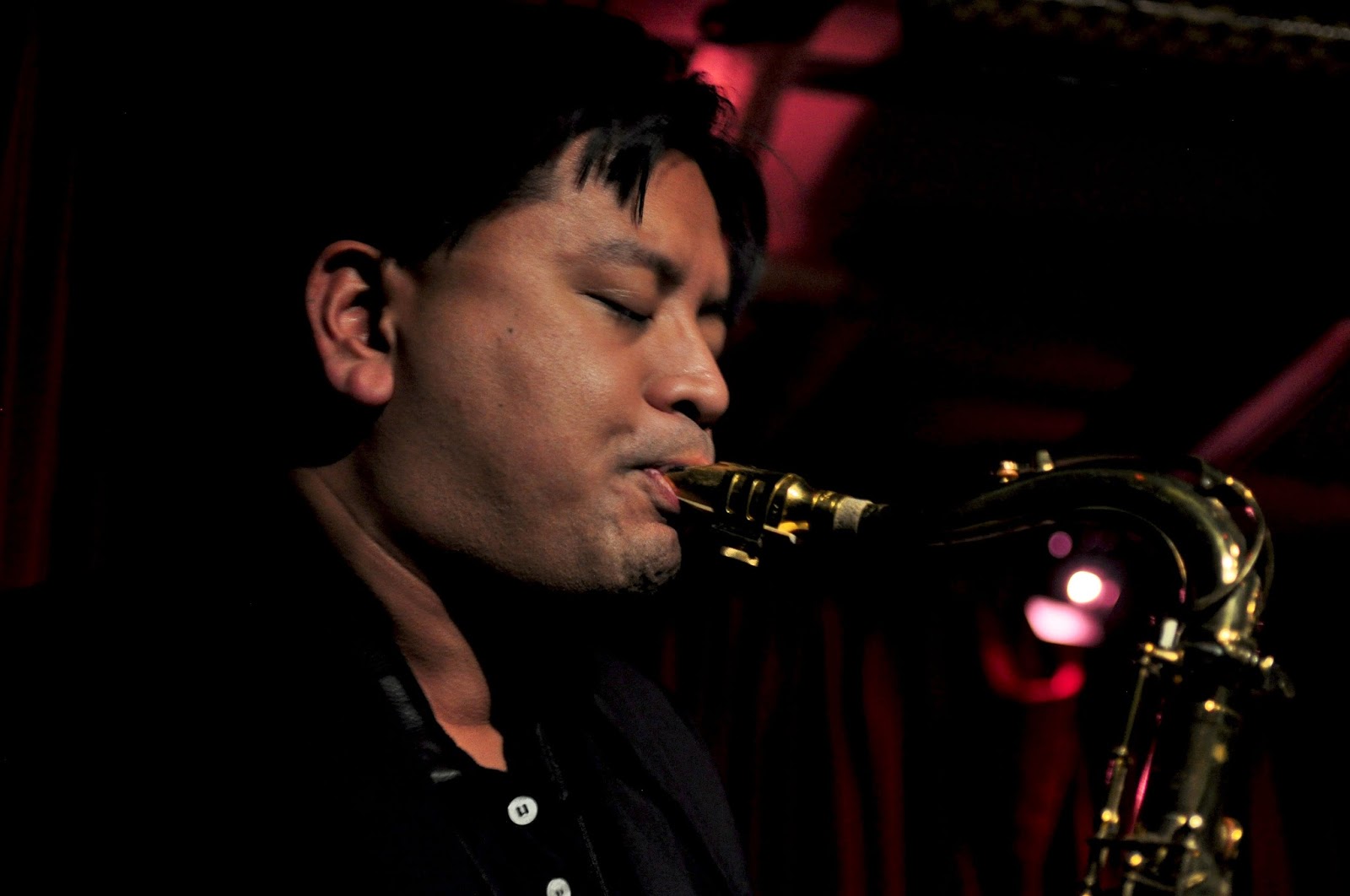

 West End Conservatory co-founder Neil Davis.
West End Conservatory co-founder Neil Davis.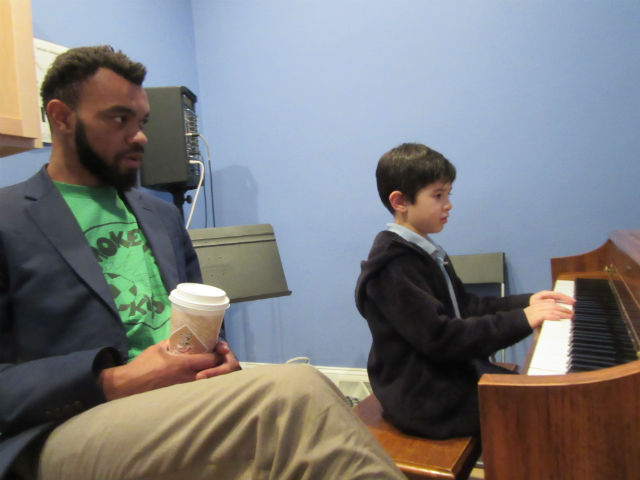 Isaiah Joshua teaching a student at the West End Conservatory.
Isaiah Joshua teaching a student at the West End Conservatory.